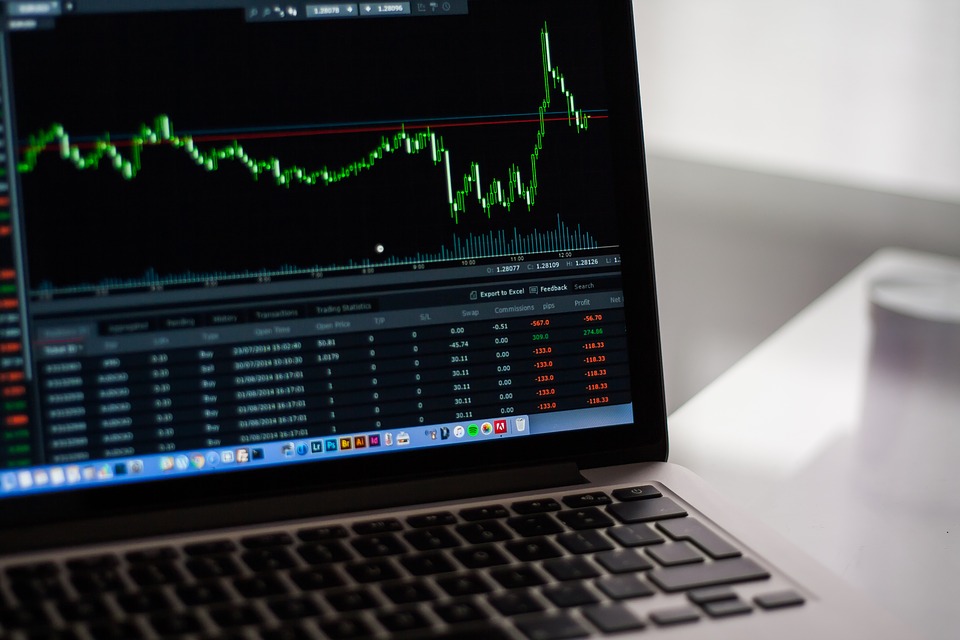So, what is real hedging in Forex?
Forex hedging by global corporations
Forex hedging is a common practice among large transnational companies who need to manage the risks inherent in fluctuations of exchange rates. It can be done through derivatives such as currency futures and options.
Eightcap - Regulated Platform With Tight Spreads

- Minimum deposit of just 250 USD to get lifetime access to all the VIP channels
- Use our Secure and Encrypted Infrastructure
- Spreads from 0.0 pips on Raw Accounts
- Trade on the Award-Winning MT4 & MT5 Platforms
- Multi-jurisdictional Regulation
- No Commission Trading on Standard Accounts

Forex hedging by Forex traders
Hedging is not the exclusive realm of large corporations. Retail traders also seek to profit in the forex market, so they hedge their spot currency holdings by acquiring currency options too.
But it isn’t always worth it. For most retail traders, it’s just more comfortable and more straightforward to use stop/loss orders to manage their positions and being conservative about position sizing.
Currency options are a common way to hedge carry trades. When engaged in this kind of strategy, traders can also use another currency pair that’s highly correlated to their main one as a hedge for their carry trades. For instance, you take a long position on the X trading pair, which yields 3% in interest.
Eightcap - Regulated Platform With Tight Spreads

- Minimum deposit of just 250 USD to get lifetime access to all the VIP channels
- Use our Secure and Encrypted Infrastructure
- Spreads from 0.0 pips on Raw Accounts
- Trade on the Award-Winning MT4 & MT5 Platforms
- Multi-jurisdictional Regulation
- No Commission Trading on Standard Accounts

At the same time, a short position on the Y trading pair yields -1.2%. If both pairs are highly correlated, the long position in X will indeed be hedged with a short position on Y, and you will earn a positive carry between both trades.
Energy hedges in Forex
Several currencies are highly correlated with the oil price. The Canadian Dollar is the textbook example. When the oil price goes up, the Canadian Dollar tends to follow.
That means that when the oil rises in price, the USD/CAD trading pair tends to go down as the CAD appreciates. In short: the USD/CAD trading pair tends to be inversely correlated to the oil price because CAD moves in tandem with oil.
That being said, nothing is written in stone in Forex. Sometimes the USD/CAD trading pair does correlate to oil to some degree, and sometimes it doesn’t. When this is the case, the hedging is to engage in spot oil trades (CFDs) or to take positions in futures, options, and other derivative financial instruments.
Let’s say that the USD/CAD and oil are trending up simultaneously. Traders can take long positions on both in this context. Then, if a violent fluctuation sends the oil price down, the USD/CAD trading pair will move up (very probably) because of the correlation between the Canadian Dollar and oil.
In this scenario, the long position on USD/CAD will render a profit large enough to absorb the losses of the other long position on oil.
If the oil price bounces violently up because of low supply, then the USD/CAD will be at a loss while the position on oil will be profitable.
If both the USD/CAD and the oil keep trending up then, obviously, both positions will be in the green zone.
Hedging is part and parcel of trading in the Forex market. Yet, most traders don’t understand how it works. For many inexperienced traders, hedging is the silver bullet that will make them millionaires in a matter of hours.
There’s the prevalent notion that hedging smartly will get rid of all the risks involved in trading, thus creating huge returns. Does it sound too good to be true? That’s because it probably is.
Many popular strategies out there are called “hedging” when they’re not. They are intended to lessen the chances of losing money and protecting traders against the volatility inherent to the Forex markets. The problem is that these “hedging strategies” actually expose unsuspecting traders to enormous capital losses. While all that happens, these “methods” fly in the face of real risk management, and any winning strategy must include competent risk management. The reality is that such hedging strategies are utterly unrelated to real, skilled, useful hedging in the Forex markets.

